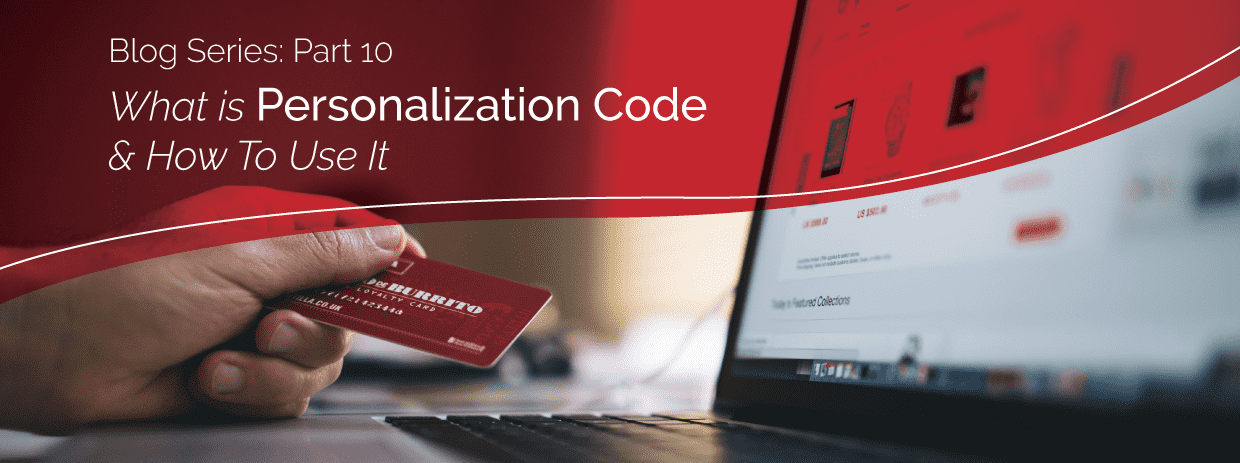How To Demystify Social Media Marketing For Your Business

Social media marketing has to be one of the marketing areas small, medium and even large organizations struggle with the most. When to post, what to post, where to post it, how to post it; what medium and most importantly what is the ROI on all of these efforts? These are all common questions companies of every size ask themselves on a daily basis. Social media as a whole is a constantly evolving practice, and a lot of business owners struggle to understand how to utilize social media let alone stay on top of the ever-changing expectations of the audiences they are trying to reach and engage with. As challenging as social media can be, the tools you choose can be just a tuff. It seems like every 5 minutes new and improved tracking, posting, monitoring and analyzing tools are popping up, all claiming to be the only tool you need and superior to all the rest; as if social media marketing wasn’t hard enough right?
In my personal experience, I feel that the best social media marketing tool you can invest in is a marketing automation platform that includes social integration capabilities, a platform that will allow you to build, schedule and track posts all in one. There are tools out there that are not marketing automation platforms that will allow you to build posts, schedule, deploy and track them, however where these tools fall short in comparison is when you factor in the need to report on and demonstrate the ROI of efforts, most importantly the revenue or conversions these efforts have generated. This can be successfully achieved through Google Analytics but to be honest, that platform is not for most people as it can prove challenging and cumbersome if data, reporting, and a solid understanding of websites and their analytics don’t come naturally to you. Also, Google Analytics will track and report on the website data but will not include the tracking through the social media platform, this leaves you to pull the data from each and manually sync them up, most likely in excel.
I am not suggesting that anyone should forgo Google Analytics (or investing in paying a resource to do this for them) as the account itself is free and once set up the ongoing data that it tracks for your business is invaluable. Down the road as you grow, investing in a marketing resource who can read these numbers will help you tremendously. In the meantime, the right marketing automation platform will combine all of your digital marketing efforts across all of the channels you are utilizing and will track both the conversions and assisted conversions generated through each channel and in most cases go as granular as reporting on the specific post, email, ebook, and other touch points that contributed to the conversion as well as the dollar amount that was generated (this would require a high-end platform).
Answer The “Who, What, Where, When, How & Why” Of Social Media Marketing For Your Business
The benefits of tracking all of your channels in one platform allows you to quickly and easily assess what is performing the best and what is not, allowing you to have these insights at your fingertips. The information captured in a marketing automation platform will also answer the social media marketing questions that bog most businesses down, since it tracks and reports on a per post basis while doing the same for the rest of your digital channels, allowing you to see what messages, promotions, products, services etc. your audience is responding to as a whole. For example, if you noticed one of your emails with specific messaging was performing very well, it would be a good idea to transfer the core of this message into a social post (covering off the “what”). Part of the tracking will also tell you what time of day your audience is engaging with your posts; clicks among other interactions (covering off the “when”). Some marketing automation platforms will even report on the times of day and days of the week each audience is most active in general (not specific to your activities), allowing you to sync your efforts with this data, and find your posting sweet spot.
This tracking will also help you determine the type of medium, such as video, graphic (image) based or plain text etc. (as a few examples), typically fine-tuning or getting a feel for your audience will require trial and error. As long as you stay consistent with your brand and ensure your social media marketing posts are not “tone deaf” experimenting will give you an idea of what works, how it works and perhaps why it works, which will help you build on this foundation for future posts and messaging across all of your digital channels.
Taking Things A Step Further: Structuring Social Media Marketing Into Your Funnel
Social media marketing can be a great tool for nurturing engagement and interest within your target audiences, allowing you to craft and express your brand in a manner that is not purely self-promotion. Utilizing social networks paid media in the forms of sponsored posts, acquisition ads and retargeting can not only aid you in building your following on the social network you are advertising with, and drive traffic to your website but also extend the reach and engagement of your organic posts as well. Most businesses overlook the benefits of structuring social media marketing touch points within their funnels; failing to utilize this channel for the purpose of moving leads from one stage to the next.
If you take a step back and look at all of the means available to communicate with your prospects and clients, social media is one of the least invasive and non-aggressive options available. In most cases, a well-structured post that is triggered by a users website/email based behavior or increased lead score is less likely to come across as being “creepy” than an email sent to their inbox (and in most cases straight to their phone, with notifications along the way). For example, if a prospect has joined your mailing list, engaged with email messages, visited pages on your website, and interacted with blog posts all related to the same topic or product/service, you could set up a social post/sponsored post or retargeting ad that will display to users who meet this criteria, that features an upcoming webinar or live demonstration both of which would rate as higher touchpoints in a lead scoring model, or in terms of conversions. In this scenario, the targeted social post is working as a low-key transitional touch point moving prospects from one stage of the sales funnel to the next, increasing engagement and interest.
By employing a marketing automation platform you are able to structure your sales funnel and all of the planned touchpoints in one place, allowing all of your digital channels to work in unison, creating a seamless experience and allowing traffic to flow smoothly through your buying process.
Read Part Eight of This Series Here: Website Tracking Codes: How To Unlock Your Top Conversion Paths




